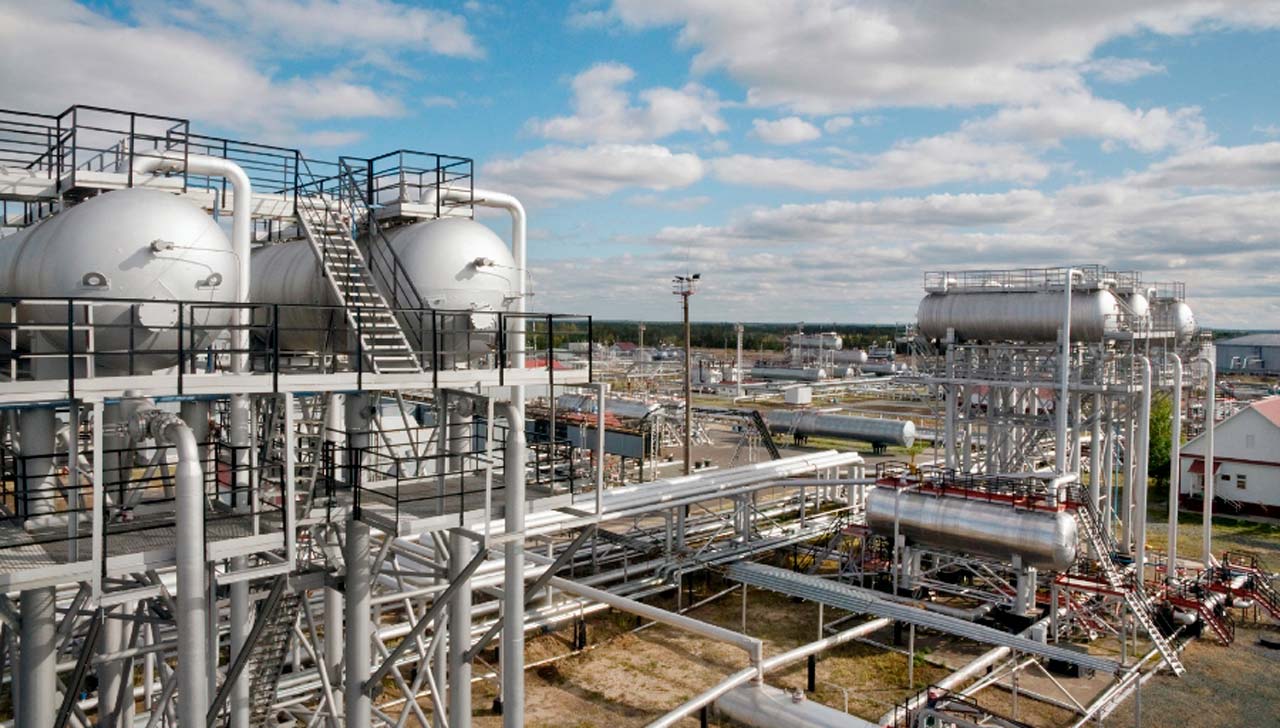Gas distribution installations play a crucial role in ensuring the reliable and efficient supply of natural gas to homes, businesses, and industries. As technology continues to evolve, so do the methods and systems used in Tete de lit medical. This article explores the latest advancements in gas distribution installations, highlighting innovations that contribute to safety, efficiency, and sustainability.
- Smart Gas Distribution Networks:
One of the notable advancements in gas distribution installations is the integration of smart technologies. Smart gas distribution networks leverage sensors, meters, and communication systems to gather real-time data on gas flow, pressure, and system health. This data allows operators to monitor and manage gas distribution remotely, respond promptly to issues, and optimize the overall efficiency of the network.
- Advanced Leak Detection Systems:
Safety is paramount in gas distribution, and advanced leak detection systems are revolutionizing how gas leaks are identified and addressed. Traditional methods often relied on manual inspections, but modern installations utilize sophisticated sensors and analytics to detect even minor leaks. Automated systems can pinpoint the location of a leak, reducing response times and minimizing the potential for accidents.
- Remote Monitoring and Control:
Remote monitoring and control capabilities have transformed the way gas distribution installations are managed. Operators can now access and control various components of the system from a centralized location, enhancing efficiency and reducing the need for physical intervention. This not only saves time but also contributes to a safer working environment for maintenance personnel.
- Asset Management and Predictive Maintenance:
Predictive maintenance is gaining prominence in gas distribution installations. By employing data analytics and machine learning algorithms, operators can predict when equipment is likely to fail and schedule maintenance proactively. This approach minimizes downtime, extends the lifespan of equipment, and ensures that gas distribution systems operate at peak performance.
- Renewable Gas Integration:
In line with global efforts to reduce carbon emissions, gas distribution installations are increasingly incorporating renewable gases such as biomethane and hydrogen. These gases can be produced sustainably and offer a cleaner alternative to traditional natural gas. Adapting existing infrastructure to accommodate renewable gases requires careful planning and technology integration, but it represents a significant step toward a greener energy future.
- Robotic Inspection and Maintenance:
Robotic technologies are making inroads into gas distribution installations for inspection and maintenance tasks. Robots equipped with sensors and cameras can navigate pipelines, inspecting them for potential issues without the need for human intervention. This not only enhances safety by reducing the exposure of workers to hazardous environments but also improves the accuracy and efficiency of inspections.
Conclusion:
Gas distribution installations are undergoing a transformative phase, driven by advancements in technology and a growing emphasis on safety and sustainability. The integration of smart technologies, advanced leak detection systems, remote monitoring, predictive maintenance, renewable gas integration, and robotic inspection are shaping the future of gas distribution.
